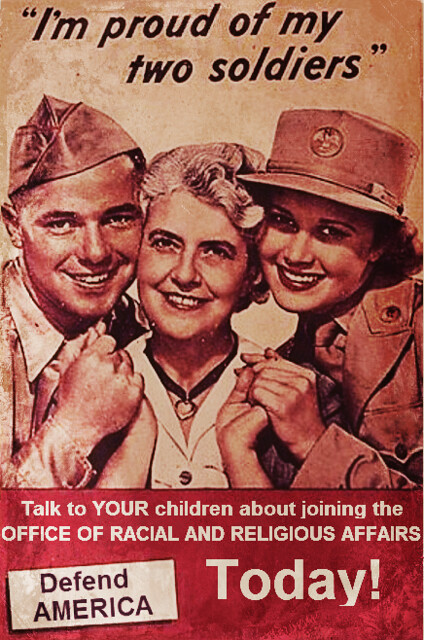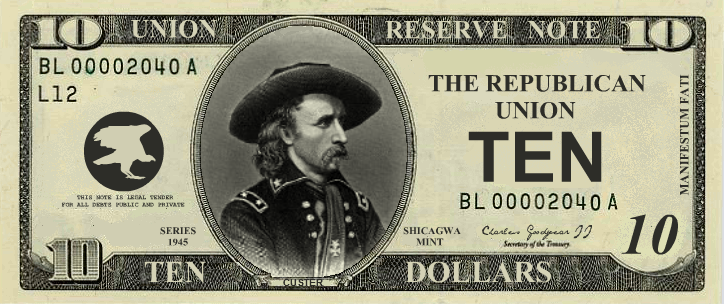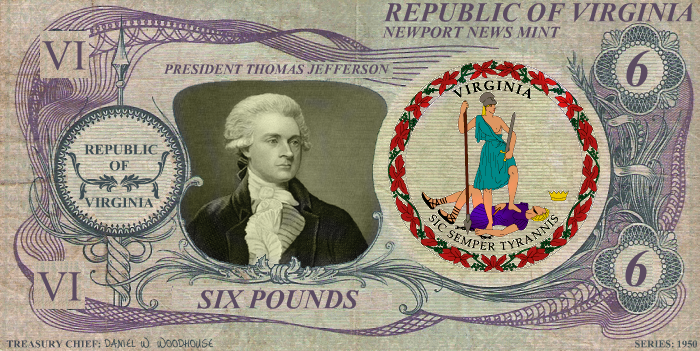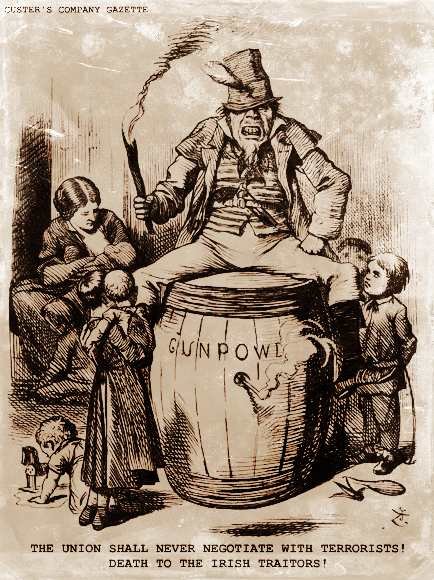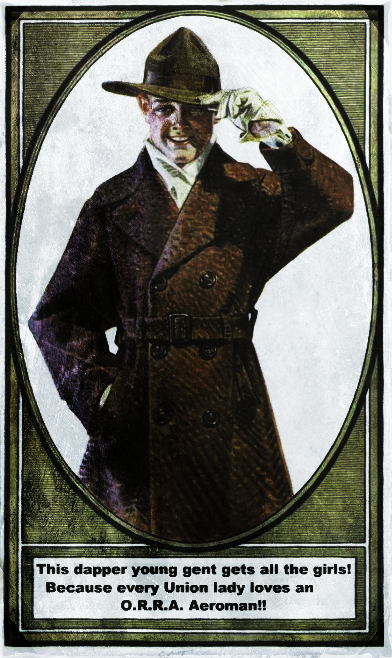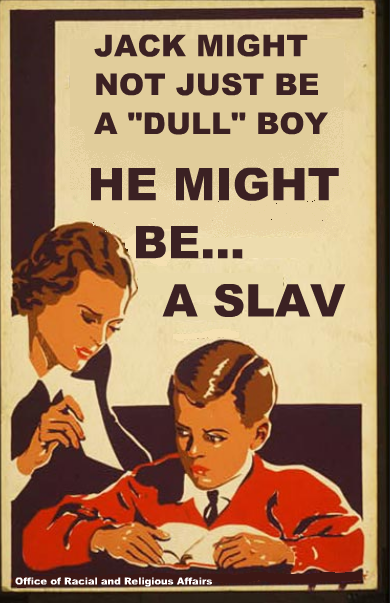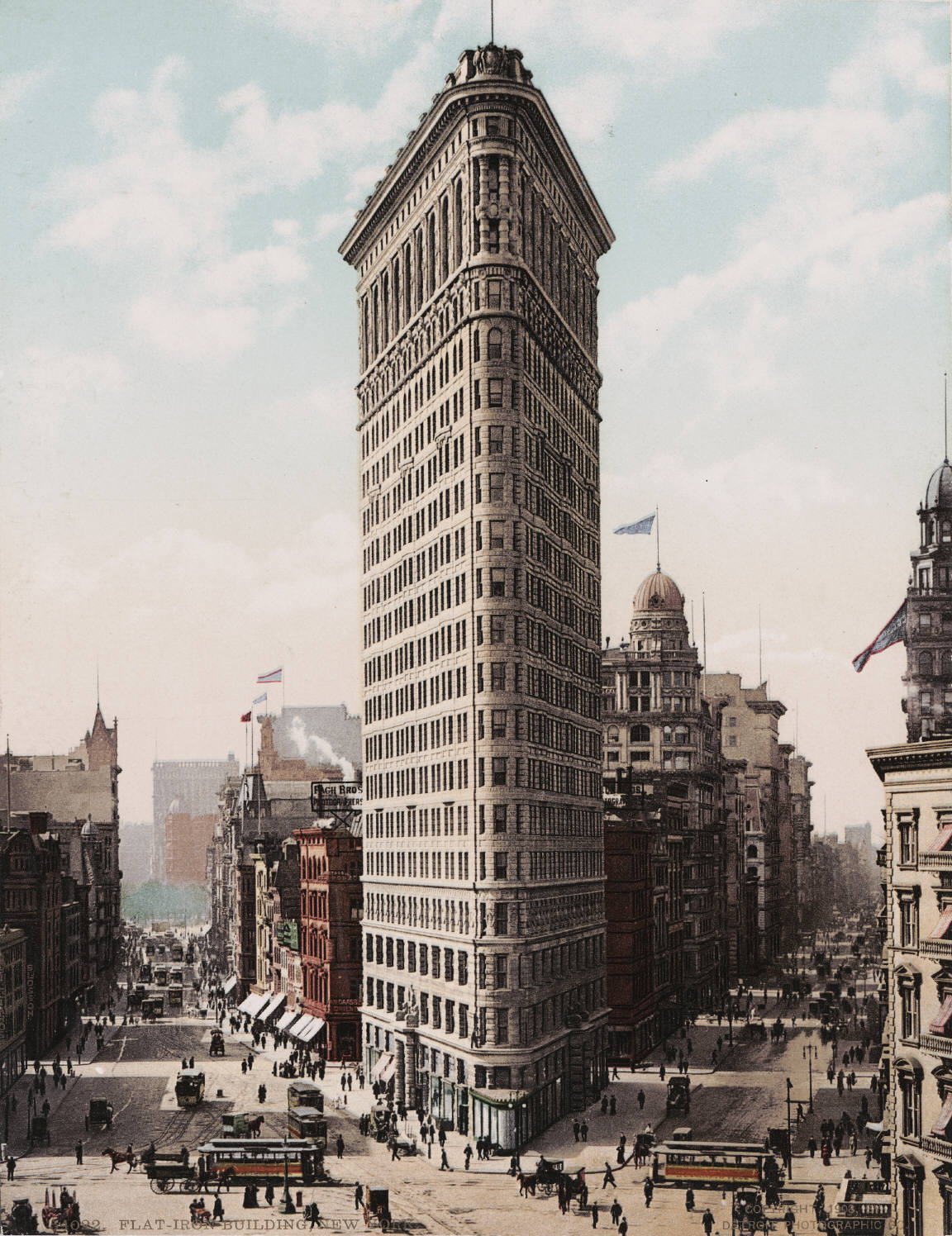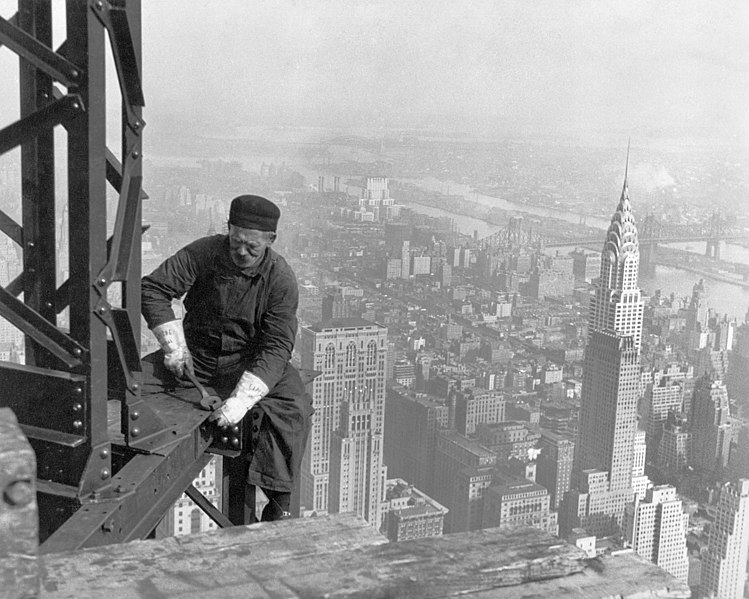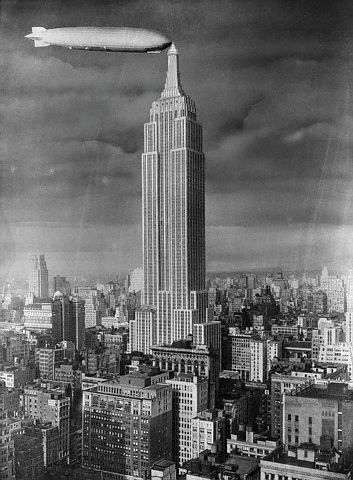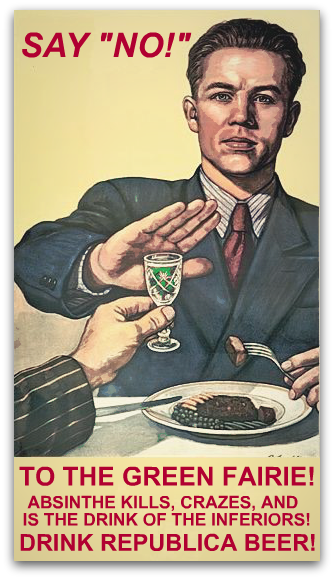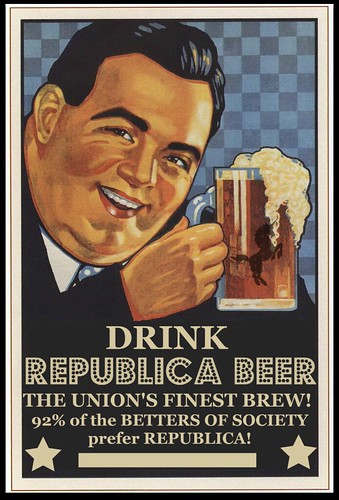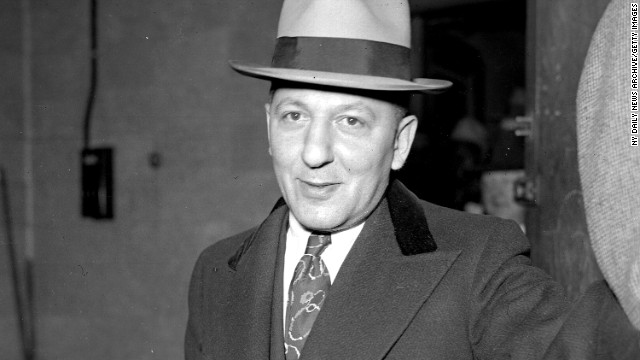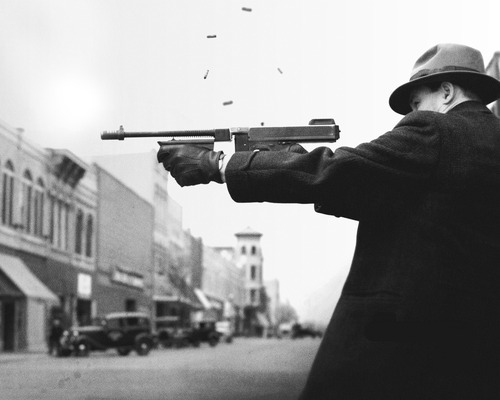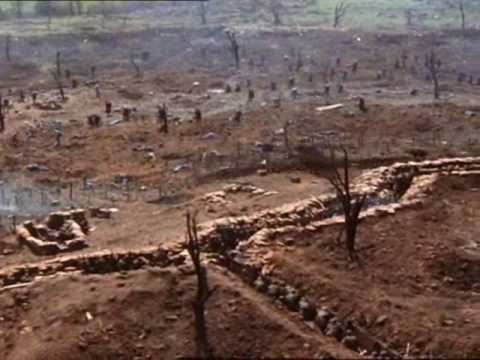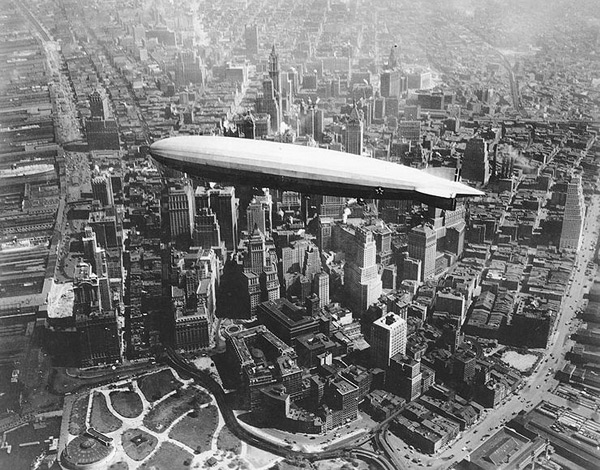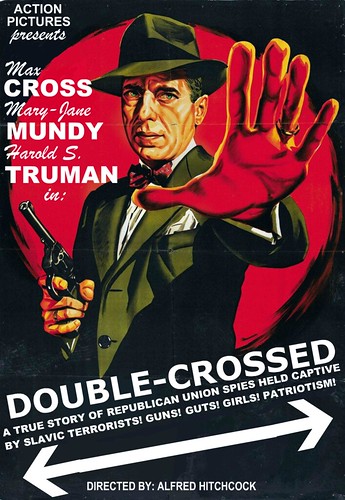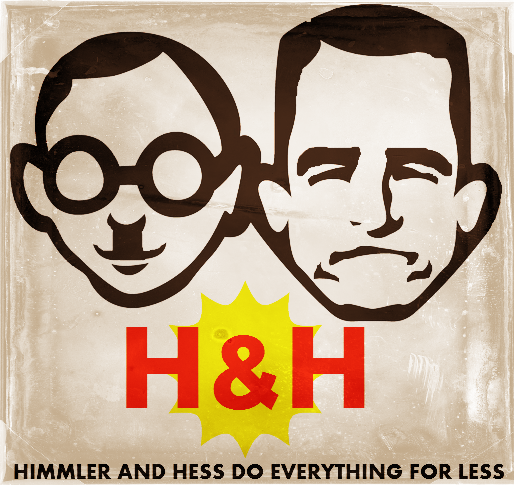As the skylines grew, so did the populations. As mentioned, Virginia's exploded exponentially, and the Republican Union began a policy of rewarding parents for having as many children as possible. The Union had been behind the South industrially up until the late 1800s, and they were currently tied. If the South had a bigger population, the Union would have been edged out of their remaining one-up on the Columbians. In 1910, the Union had roughly 50 million non-Inferior citizens. By 1930, it was up to 75 million, with estimates saying that the population would top 100 million by 1950. The AFC churches encouraged having as many children as possible to "give God more souls in Heaven and to give Custer more soldiers in Philadelphia." The program worked very, very well, and Custer called it one of the greatest non-military administrative accomplishments of his terms in office.
And yet another side-effect of the baby boom in the Union was a greater amount of duties carried out by the Office of Racial and Religious Affairs and the Military Police. Starting in 1912, all Union-born people had to have a birth certificate, although exceptions were made for people in the most rural areas. This stopped in 1925, when all birth certificates and papers proving to which caste people belonged were made legally mandatory, no matter where they lived. Those who were too old or for some other varied reason did not have a birth certificate were investigated and then given one. ORRA was placed in charge of this system, and RUMP was used to go door-to-door every year in the nation-wide census. Those who failed to cooperate were arrested under new laws making it illegal to not have identification papers, and could be detained and/or imprisoned indefinitely as they were not "citizens" and were therefore not eligible for habeas corpus.
ORGANIZED CRIME:
There were more than a few "Inferiors" gaming the system, though. Organized crime took in hundreds of new forgers, who could create fictional ID's for those wishing to join the Betters of Society (those who didn't mind also being indebted to the mobs, that is...). The persecuted-but-growing population of Inferiors, most all living in ghettos in the major cities, formed their own gangs. The mobs, who were blind to race and religion, didn't care about their ethnicities, tried to bring the small gangs into their pockets, which usually succeeded.
A huge profitable business run by the Shicagwa mob was the importation of the highly illegal, neon green-colored alcoholic drink known as "absinthe." Absinthe was a favorite of the Imperial bohemians and artists in Europe, with whom it originated, and was a wildly popular drink with the Irish, too, who also loved the green color and called it "the Green Fairie." Mainly in response to these facts, the Union criminalized the selling, possession, and drinking of absinthe, known by AFC followers as "the devil's tonic." It was an quired taste, but many who began drinking it couldn't stop, thus providing the mobs with a lucrative business of secretly smuggling it in from French Canada and Quebec (Quebec's Senneterre Breweries' Absinthe was the best-selling absinthe in the world). This entailed using boats and airships to cross the heavily guarded Canada-Union border. Ingenious mechanics found ways to hide the crates of bottles in the unlikeliest places, but many were caught and sent to prison for at least ten years for the single offense. But with prices up at 20 dollars a bottle, many considered it worth the risk, and even spiked their supplies with Dutch-Chinese opium to keep their clients' addictions up.
Another of the main reasons for the prohibition on absinthe was that the government wanted to support American-made alcohols, like the Goodyear Enterprises-owned Republica Beer. Republica Beer was sold in virtually every bar, saloon, and restaurant in the nation, and even the Columbians admitted it was the best beer their side of the Atlantic. It became a staple of American cuisine to have a chunk of cheese and a glass of Republica, a very Germanic and Anglo-Saxon cultural habit. Republica Beer was exported to everywhere from Sweden, to Scotland, to Australia, regardless of those nations' and colonies' opinions of the Union itself, or of Goodyear.
The mobs weren't solely about absinthe-running, however, and many earned their money from bank-robbing, assassinations, and good-old fashioned train hold-ups. In 1922, Norman Rathram made off with over eight million dollars worth of gold after robbing a bank in Boston. And by "robbing" that means assaulting the building like a military would and clearing it out in minutes. The Rathram Mob ruled Boston's crime circuit until 1928, when the mobster was mowed down in front of a post office.
Norman Rathram
In 1923, Georgia-born John Bathorn and Joseph "Scottish Kid" McCabe (these were likely both aliases as McCabe was a practicing Jew born in Palestine and was most definitely not Scottish in any way, shape, or form) stopped a train near New Orleans and assaulted its security force with Colt Coffee Grinder guns mounted on the backs of Mercurius Numitor autocarriages. They made off with twelve million dollars. They robbed the same train just two months later, making off with another five million. They fled the country weeks later, and were never seen again, though some said they died in a shootout in the Republic of Jamaica in 1938. Georgia adopted them as Robin Hood-style antiheroes robbing the Union villains. A movie was made in 1942, titled
"Johnny Bathorn and the Scottish Kid," which released to huge critical acclaim (it was banned in the Union).
Johnny Bathorn and the Scottish Kid
Still from Johnny Bathorn and the Scottish Kid (1942)
By far the most infamous mobster of the era, though, was John Edgar Hoover, from Maryland. He controlled the biggest mob ring in the world for decades, and many suspected it was he who had Rathram assassinated. Absinthe sold in Shicagwa had an 80% chance of having the profits go directly to Hoover's private Jamaican bank account. Every major government in the world classified Hoover as a public enemy to be shot on sight, but no one could figure out where he was. He was known to have funneled weapons to Apache and Navajo tribes in Imperial California who used them in the Reservation Rebellion of 1931, which resulted in over 1500 deaths and took a yearlong campaign by the Imperial Army to put the insurgents down and confiscate the guns. Hoover's talons reached everywhere and despite their best attempts, authorities could not capture or kill him. Hoover would continue controlling his mob for decades.
One of the trademark weapons of the mob was a gun developed by the Imperial Army in 1919, officially just called the "M1919 Assault Rifle." Mobsters referred to them as "Shicagwa Woodpeckers." The guns saw heavy use along the Shicagwa waterfront and later spread out over North America. It was a Woodpecker that killed Rathram in 1928, and a large number of M1919s were sent by Hoover during the Reservation Rebellion. No country banned civilian ownership of the weapons, but those who did own them were watched closely for mob ties.
A Bostonian mobster firing a "Shicagwa Woodpecker" circa 1930
ENTERTAINMENT:
By far the best thing to happen to the Republican Union's propaganda department was the motion picture. They had been around since the late 1800s, and sound movies had been around 1910. But it wasn't until around 1922 that the Union realized their potential. Almost all movies up to this point involved singing or dancing, with a few Shakespearean plays thrown in, but no one had tried fully-original big-budget dramas. In 1922, the Union released "
Siege of Guadalajara," a story about a young man, Private Lawrence Christian (played by Harry Truman), in the 11th Legion on his way to Guadalajara. It showcased hordes of "evil Mexies" getting cartoonishly slaughtered by the hundreds, and is considered the first true "epic" movie.
Still from Siege of Guadalajara (1922) colorized in 1950
The same people who made
Siege of Guadalajara teamed up again in 1923 to release
Rise of a Nation, also starring Harry Truman as William Jennings Bryan and newcomer Harold Finn as Custer himself. The main plot centered on Custer seizing power from Aaron Burr III, who was a "decadent race-traitor who shat on the memory of his grandfather," according to the film's own promotional poster. The film ended in the actual Custer delivering a speech to a horde of Custer Youth Brigade members on the 32nd anniversary of his coming to power as First Chief Consul, followed by an ending monologue by Finn. It was a propaganda masterpiece, and the ludicrously handsome and suave depiction of Custer as some sort of Anglo-Saxon prince out to liberate mankind furthered deified him in the eyes of the public.
"I say now that we are one nation, under Almighty God. The earth is one country. We are all one. If some people learned their rightful places in society and if some nations stopped being so doggone stubborn and insistent on their immorality, every capital on earth would have the Union flag flying over it. That is how we will achieve true happiness and peace: when every single country bows to Lady Liberty and her beau Uncle Sam. Together, my sweet Americans, we shall build the New Jerusalem! All hail the most proletarian fascist people of the Union! All hail the Consulate! God bless you, one and all."
-Finn's somewhat hilarious voice-over (which was accompanied by the Battle Hymn of the Republic) before the credits rolled at the end of
Rise of a Nation
Custer (Harold Finn) confronts Aaron Burr III (Willard Crawford Johnson) in a still from Rise of a Nation (1923)
The film became one of the most important of all time, and Union audiences were so moved that, according to a New York City newspaper film critic:
"The audiences wept openly at the end. When the final voice-over speech was delivered, the people spontaneously started singing the Battle Hymn of the Republic in the theater. Others hailed, again and again, the most proletarian fascist people of our beloved Union. It was a moving, spiritual experience for all citizens who viewed it, young and old. You can't help but feel a little pride at the scene where Custer uses his trusty sword to cut down the gaggle of Frenchmen randomly mugging a black man, or at the early segment depicting his youth, where he boxes twelve Irishmen all twice his size. And the part about chopping down the cherry tree was just... so emotional. So raw and powerful. And ladies and gentlemen, don't even get this reviewer started on how he cried during the awe-inspiring depiction of Custer out in a violent hurricane, key tied to a kite, as if smiting Thor himself with his own hammer. Simply an amazing and wonderfully accurate depiction of Custer's early years and rise to power. Tell everyone you know to go see Rise of a Nation."
It didn't take long before more movies were made, and the town of Oshkosh, Michigania, where the bulk of
Rise of a Nation and (hilariously)
Siege of Guadalajara, became the center of the Union's movie industry. By 1930, the city was a metropolis in its own right, with skyscrapers, huge film studios, luxury living accommodations, and 800,000 citizens. The Columbian nations didn't catch up film-wise until the 1940s, when
Johnny Bathorn and the Scottish Kid was their first big hit.
An ORRA airship orbiting Oshkosh (1930)
